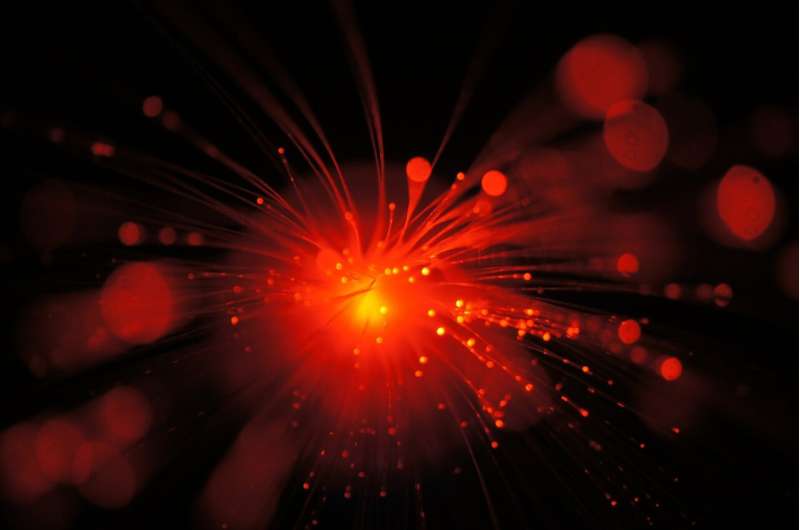Novel pulse duration achieved by laser beamline

Significant advances in ultra-intense and ultra-short laser technology have led numerous laboratories to develop tabletop PW-class laser systems as a means of investigating laser-matter interactions in a relativistic regime. The repetition rate of PW-class femtosecond lasers is an important issue for practical applications. And the development of repetitive PW-class lasers has attracted a great attention in recent years.
The Shanghai Superintense Ultrafast Laser Facility (SULF) is a large-scale scientific project located in Shanghai, China. The project was formally launched and funded in 2016. The SULF facility mainly consists of two laser beamlines, the SULF-10PW beamline operating at one shot per minute and the SULF-1PW beamline operating at 0.1Hz repetition rate. This facility can provide repetitive PW-level and 10PW-level laser pulses for scientific research on the dynamics of materials under extreme conditions (DMEC), ultrafast sub-atomic physics (USAP), and big molecule dynamics and extreme-fast chemistry (MODEC).
Recent progress on the 1PW/0.1Hz laser beamline of SULF was reported in the journal High Power Laser Science and Engineering. The SULF-1PW beamline is a typical double-CPA system equipped with a novel temporal filter combining the techniques of cross-polarized wave generation (XPWG) and femtosecond optical parametric amplication (OPA).
In the study, the SULF-1PW beamline generated laser pulses of 50.8J at 0.1Hz after the final amplifier, and the shot-to-shot energy fluctuation of the amplified pulse was as low as 1.2% (std). After compression, pulse duration of 29.6fs was achieved, which could support a maximal peak power of 1PW.
Benefiting from the high-energy and high-contrast seed pulses generated by the novel temporal filter, the contrast ratio at -80ps before the main pulse was measured to be 2.5×10-11 in the SULF-1PW beamline. After optimization of the angular dispersion in the grating compressor, the maximal focused peak intensity might reach 2.7×1019W/cm2 even with an f/26.5 off-axis parabolic mirror.
Moreover, the horizontal and vertical angular pointing fluctuations in one hour were measured to be 1.89 μrad (std) and 2.45 μrad (std) respectively. The moderate repetition rate, the good stability and the high temporal contrast make the SULF-1PW beamline a desirable driving laser for laser-matter interactions in relativistic regime.
The SULF-1PW laser beamline is now in the phase of commissioning, while preliminary experiments of particle acceleration and secondary radiation have been implemented. 300MeV quasi-monoenergetic electrons was repetitively produced under ~300 TW/0.1Hz laser condition. Moreover, the maximum proton energy of 14 MeV was also obtained under ~ 400 TW/0.1Hz laser condition.
According to the SULF research group from Shanghai Institute of Optics and Fine mechanics of the Chinese Academy of Sciences, the progress on the preliminary experiments and the stable daily operation of the laser have demonstrated the utility of the SULF-1PW beamline. Ensuing work will focus on further improvement of its pulse spatial-temporal quality. By use of an acousto-optic programmable dispersive filter and deformable mirror, a higher focused peak intensity can be expected in the near future.
More information: Zongxin Zhang et al. The laser beamline in SULF facility, High Power Laser Science and Engineering (2020). DOI: 10.1017/hpl.2020.3
Provided by Chinese Academy of Sciences



















